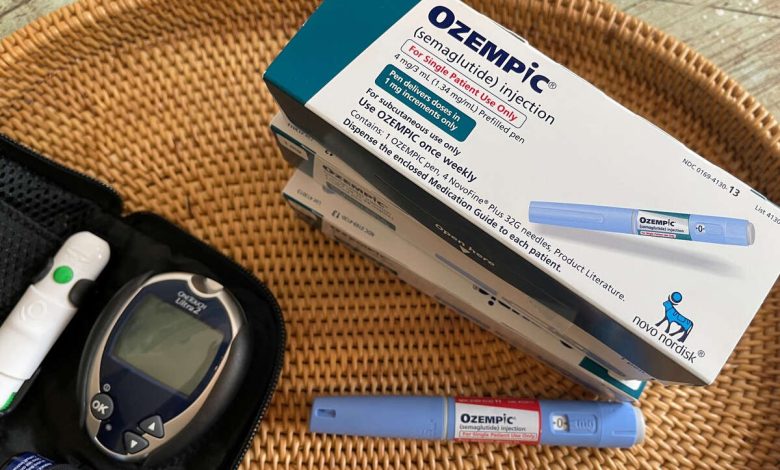High Costs and Profits: Ozempic’s Impact on U.S. Healthcare

The pharmaceutical landscape in the United States is experiencing a contentious twist as Type 2 diabetes drug Ozempic and weight loss medication Wegovy, both manufactured by Novo Nordisk, come under scrutiny for their exorbitant prices. These medications are priced significantly higher in the U.S. compared to other nations, leading to both financial strain on patients and a surprising economic ripple effect.
Here are five recent developments shedding light on the Ozempic situation:
1. Global Disparities in Drug Prices: A recent study has unveiled a disconcerting price differential for popular GLP-1 receptor agonists, which include Ozempic, Wegovy, Mounjaro, and Rybelsus, across 10 wealthy nations. The shocking revelation is that U.S. patients are paying between $750 to $1,000 more for a month’s supply compared to patients in other countries like Japan and Germany.
2. Economic Impact on Denmark: The overwhelming demand for Ozempic and Wegovy in the U.S. has catalyzed a unique economic phenomenon in Denmark. The manufacturer, Novo Nordisk, has found itself converting substantial amounts of dollars into Danish kroner, leading to an extraordinary inflow of funds. This unprecedented financial influx has, in turn, contributed to lowering interest rates within the nation. Remarkably, Novo Nordisk’s remarkable financial surge has elevated it to the position of the second-most valuable publicly traded company in Europe, trailing only behind luxury brand LVMH Moët Hennessy Louis Vuitton.
3. Future of Ozempic in U.S. Healthcare Discussions: Projections suggest that Ozempic might feature prominently in the upcoming price negotiations conducted by the Centers for Medicare and Medicaid Services (CMS). This discussion is slated to occur once Ozempic has spent a decade on the market, which is anticipated to be in 2028. The deliberations within this negotiation will likely have far-reaching consequences for both the pharmaceutical industry and patients’ access to the drug.
4. Public Perception and Patient Preferences: The polarizing debate surrounding the coverage of weight loss drugs like Ozempic and Wegovy has ignited a diverse range of opinions. According to a survey by the Kaiser Family Foundation (KFF), a staggering 80 percent of surveyed adults believe that insurers should extend coverage to drugs like Ozempic and Wegovy for adults diagnosed with obesity or excess weight. Notably, 45 percent of respondents expressed keen interest in using a safe and effective drug for weight loss.
5. Legal Challenges and Patient Safety: In a sobering legal development, a woman in Louisiana has taken legal action against Novo Nordisk and Eli Lilly. The plaintiff alleges that these pharmaceutical giants failed to adequately warn patients about the potential risks associated with Ozempic and Mounjaro, two medications that have been linked to the risk of gastroparesis, or stomach paralysis. This lawsuit underscores the intricate balance between medication benefits and potential side effects.
The escalating saga of Ozempic brings into sharp focus the intricate interplay between pharmaceutical pricing, patient accessibility, corporate profitability, and public health concerns. As the narrative unfolds, it raises pivotal questions about the sustainability of the U.S. healthcare system and its capacity to balance the interests of various stakeholders.





